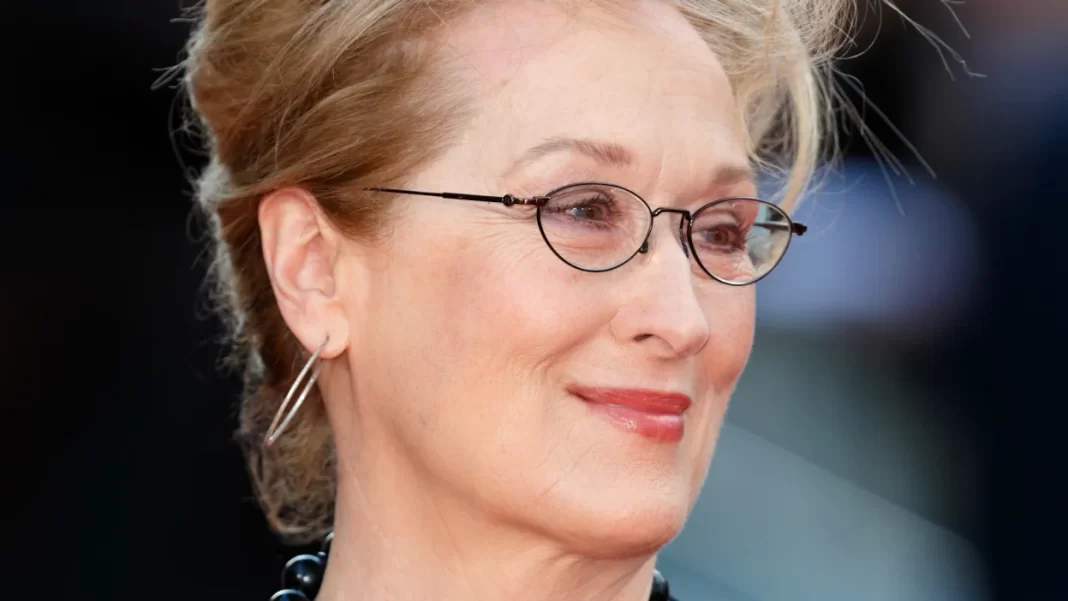Meryl Streep, born Mary Louise Streep on June 22, 1949, in Summit, New Jersey, is widely regarded as one of the greatest actresses of her generation. Her transformative acting abilities, versatility, and commitment to character have earned her numerous accolades, including multiple Academy Awards, Golden Globes, and other prestigious honors throughout a career spanning over five decades. Meryl Streep Biography, Age, Height, Model and Husband
Early Life and Education
Streep grew up in a supportive, artistic family. Her mother, a commercial artist, encouraged her creativity, while her father, a pharmaceutical executive, instilled in her a strong work ethic. Streep initially leaned toward an academic path and attended Vassar College, where her interest in acting blossomed. Her transformative experience at Yale School of Drama, where she studied theater, solidified her commitment to acting. At Yale, Streep developed a robust acting foundation, immersing herself in roles that ranged from classical Shakespearean plays to contemporary drama, showing an early knack for versatility.
Breakthrough and Rise to Stardom
Streep’s film debut came in 1977 with a small role in Julia, but her breakthrough arrived in 1978 with The Deer Hunter, where her nuanced portrayal earned her the first of her many Academy Award nominations. Her next major role was in Kramer vs. Kramer (1979), in which she portrayed a conflicted mother in a custody battle. Streep won her first Academy Award for Best Supporting Actress for this role, establishing herself as a force in Hollywood and marking the beginning of a celebrated career.
Her portrayal of Polish Holocaust survivor Sophie Zawistowski in Sophie’s Choice (1982) is often cited as one of her greatest performances. To authentically portray Sophie, Streep learned both Polish and German and brought an emotional depth to the character that won her critical acclaim and her second Academy Award, this time for Best Actress. This performance, characterized by her ability to capture both linguistic nuance and emotional intensity, cemented her reputation as a transformative actor capable of disappearing into her roles.
Career Highlights and Acting Style
In the 1980s and ’90s, Streep continued to take on a range of diverse roles, avoiding typecasting. She appeared in Out of Africa (1985), A Cry in the Dark (1988), and The Bridges of Madison County (1995), showing her ability to portray a wide spectrum of characters. Her skill in adopting accents, physical transformations, and emotionally complex roles became her trademarks.
Streep’s portrayal of real-life figures is a hallmark of her career. She brought to life British Prime Minister Margaret Thatcher in The Iron Lady (2011), for which she won her third Academy Award. In Julie & Julia (2009), she embodied famed chef Julia Child, capturing her personality and mannerisms to the delight of audiences and critics alike. Streep’s meticulous approach often involves extensive research, including adopting accents and studying real-life footage, making her portrayals both respectful and immersive.
Versatility in Genre
Streep has tackled every genre imaginable, from drama to comedy and even musicals. Her comedic roles in The Devil Wears Prada (2006) and Mamma Mia! (2008) showcased her range and adaptability. In The Devil Wears Prada, her portrayal of the intimidating fashion editor Miranda Priestly is now iconic, blending subtle humor with an icy demeanor. Her participation in Mamma Mia! and later Into the Woods (2014) displayed her musical talent, adding yet another dimension to her already vast repertoire.
Personal Life and Impact
Meryl Streep married sculptor Don Gummer in 1978, and they have four children together, some of whom have also pursued acting careers. Known for her relatively private personal life, Streep has managed to balance a demanding career with family, staying largely out of the media’s more intrusive spotlight. Her philanthropy includes advocacy for gender equality, environmental issues, and support for the arts.
Streep has become a cultural icon, revered for her work ethic and commitment to social issues. She has used her platform to address pressing topics, including women’s rights and political injustices, making her not only an actor but a voice for change. Her speeches at award ceremonies, such as her moving Golden Globes acceptance speech in 2017, have resonated with audiences and amplified discussions on important issues in Hollywood and beyond.
Legacy and Influence
Over the years, Streep’s work has influenced countless actors and artists who admire her discipline and dedication to craft. Her influence is evident in the continued recognition she receives from both her peers and audiences worldwide. As of now, she holds the record for the most Academy Award nominations for acting, with 21 nominations and three wins, a testament to her sustained excellence and adaptability.
Her role in shaping modern cinema is undeniable. Streep’s ability to transcend genres, challenge stereotypes, and consistently deliver compelling performances has set a high standard in the acting profession. Often cited as a source of inspiration, her career serves as a reminder of the power of dedication, empathy, and artistic commitment.
Conclusion
Meryl Streep’s career is a testament to the impact of hard work, adaptability, and depth of character. From her breakthrough in Kramer vs. Kramer to her recent roles, she has shown an unmatched range and a dedication to her craft that is rare in the film industry. With a career that continues to evolve, Meryl Streep remains not only a master of her art but a cultural icon whose legacy will continue to influence and inspire future generations.






